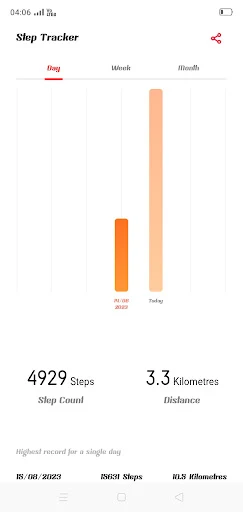The scientific community is now confident that the material known as LK-99 is not a room-temperature and ambient-pressure superconductor, bringing to a swift close an exciting episode launched by a group of South Korean researchers. There has been no formal conclusion to match the formal announcement that this material could transport an electric current with no resistance in ambient conditions. But the South Koreans and the independent scientists who worked to verify the claim published their findings as preprint papers that were free to read. LK-99’s seemingly simple composition and availability of instructions to synthesise it prompted scientists outside academia to test the material as well. The pace of developments was exhilarating, but there was soon hype and misinformation. While some reports indicated that the South Korean group had submitted manuscripts explaining their claim to a journal, concerns that the preprint papers were not worth reacting to until the journal had responded missed the point: efforts to validate the claim constituted a better, more organic peer-review process together with attempts by scientists across the world (including India) to replicate the claim in their laboratories. It soon became clear that there were two reasons why the material was no superconductor. First, as conventional superconductors inside a weak magnetic field are cooled to induce a superconducting state, they expel the field from their bulk at and under the transition temperature. So, a magnet near the superconductor will be pushed away during the transition. The South Korean group had shared a video in which LK-99 appeared to half-repel a magnet. But independent researchers found that the material was an insulator whose impurities could be magnetised, leading to the half-repulsion seen in the video. Second, the South Koreans reported that the electrical resistivity of LK-99 dropped sharply at around 104° Celsius, a potential sign of superconductivity. But scientists observed the drop if the material contained copper sulphide as an impurity; copper sulphide undergoes a phase transition at that temperature, distorting the resistivity.
Now, the burden of proof is back on the South Korean group. The online diffusion of information and data in this episode achieved something the world seldom has: near-real-time and crowd-organised documentation, collaboration rather than competition, and closure. Participating in open science can lead to more good science but also, in the presence of bad-faith actors, to misunderstanding and confusion. The LK-99 episode suggests that the compunctions with the latter should not hold back the former.






